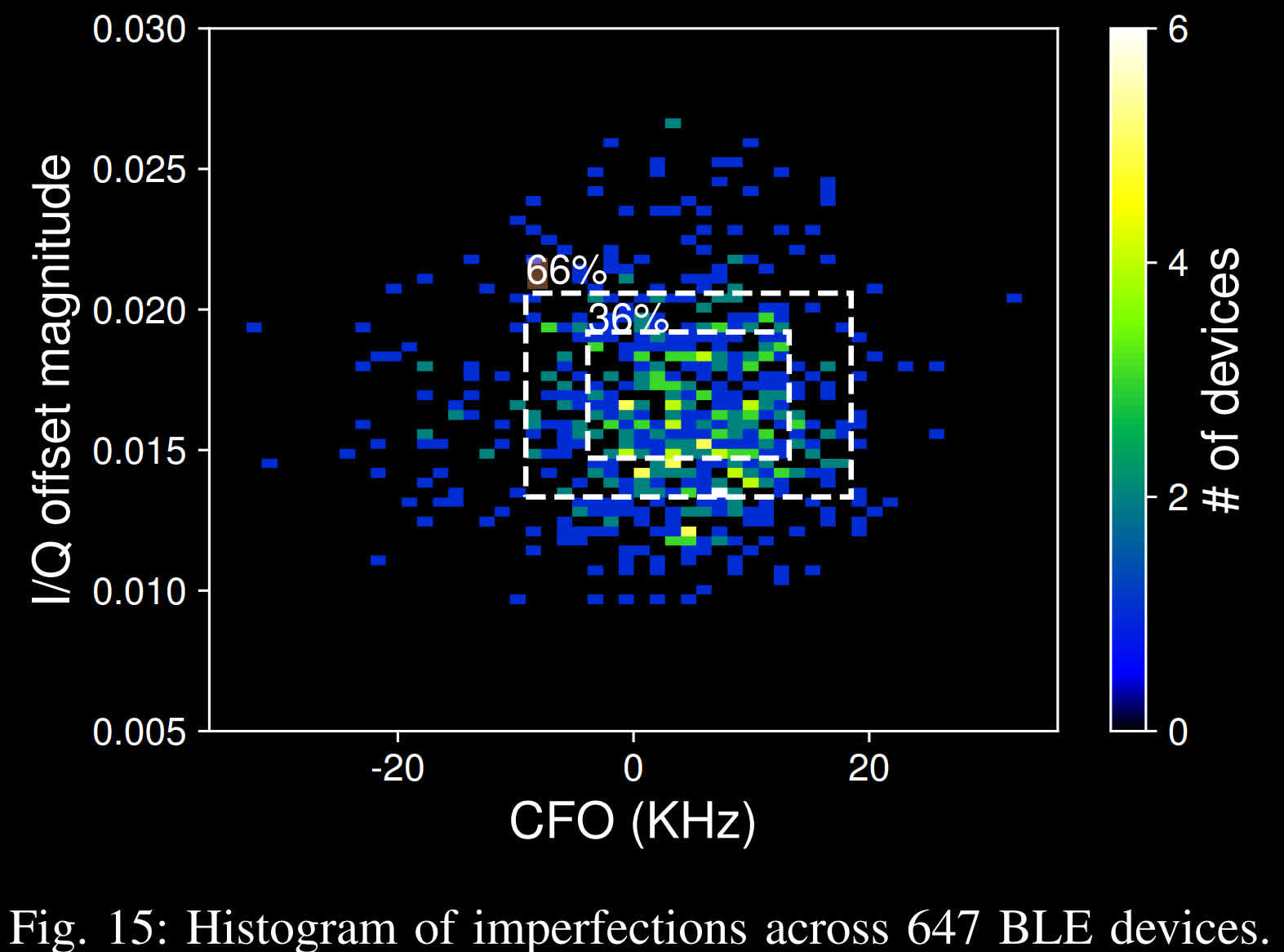Forward-looking: Location tracking is already a significant concern for smartphone users. However, researchers at UC San Diego have found another vector for tracking devices --- the Bluetooth chip. Currently, Bluetooth tracking faces multiple challenges, but it could develop into something more serious.
Mobile devices constantly emit Bluetooth signals for tasks like connecting to wireless devices, finding lost items, or using COVID contact-tracing apps. A UC San Diego research paper outlines how those signals can identify individual devices.
Manufacturing Bluetooth chips and combining them with Wi-Fi hardware marks them with unique physical imperfections, which can influence each device's Bluetooth transmissions in ways the researchers identified with radio equipment costing under $200 and specialized software.

Tests successfully identified iPhones, Thinkpads, Macbooks, Apple Watches, Google Pixel phones, and other devices in crowded coffee shops and hallways by only looking at Bluetooth signals. However, the team accessed not access data on the devices themselves.
However, this Bluetooth tracking method is still far from perfect and won't become common soon. Hardware design differences, temperatures, and radio limitations can affect identification. Overall, researchers could only identify less than half of the detected devices.
Counteracting Bluetooth fingerprinting could prove difficult because it finds devices through hardware-level identifiers. Simply turning off Bluetooth won't stop all transmissions. Completely shutting down seems to be the only way to hide the Bluetooth signal completely. However, the research indicates that digital signal processing through Bluetooth firmware might be a better means of mitigation.